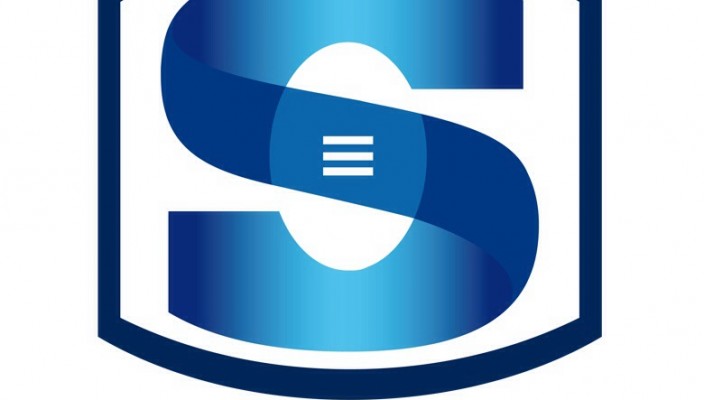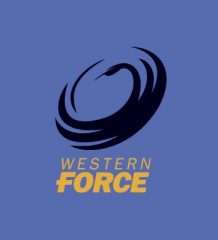SARU ‘ticks boxes’ with new Vodacom Super Rugby format from 2016
· Six South African teams in expanded Super Rugby competition from 2016
· Argentina and a potential fifth new nation to be included in SA Group
· Entries sought to join 18-team, four conference structure
NOTE TO EDITORS: Please find attached a graphic explaining the Conference format and a FAQ document for publication should you wish
Vodacom Super Rugby will expand into at least one new continent from 2016 and include a sixth South African team, the South African Rugby Union confirmed on Thursday.
The three-nation tournament will expand into South America with the inclusion of a team from Buenos Aires while SANZAR is seeking another new entrant, which could come from Europe, Asia or one of the foundation nations.
The new 18-team format – an increase on the current 15 competitors – will feature the existing ten franchises from Australia and New Zealand and six teams from South Africa. The 18 teams will be divided into four conferences with the three new entrants appearing in the South African Group.
The new format ticked all SARU boxes, said Jurie Roux, CEO of SARU.
“The new format and the expansion into what could potentially be two new continents for Super Rugby is a radical departure for the competition but one that takes the competition to the next level,” said Roux.
“We will have had 20 years of Super Rugby by the time this new structure comes into place and the competition has grown and matured in that time to the place where it was ready to start pushing into new territories.
“The agreed design satisfies the needs of South African rugby, which was built around a number of key principles from SARU’s perspective.”
They were:
· The inclusion of a sixth South African team
· No increase or a reduction in the travel burden on South African players
· A reduction in the number of derbies
· The inclusion of a team from Argentina
· Financial uplift
“The agreed format delivers on a reduction in the historic travel burden on our players as well as answering our need for a sixth place in the competition,” said Roux. “We are delighted to welcome a new entrant from our old friends, Argentina, and there is also a reduction in the number of South African derbies, which are seen as being particularly attritional on our players.
“It was a long hard, negotiation with a large number of alternative formats considered and discarded because they did not fulfil the key criteria. This new model offers a major new step forward for Vodacom Super Rugby with the potential to grow further.”
The optimal structure agreed by the SNAZAR partners is in the attached graphic.
It operates as follows:
· All teams will play 15 regular season matches (eight home/seven away or seven home/eight away) made up of:
o 4 matches (two home/ two away) against one of the African Conferences
o 5 matches (either two home/three away or three home/two away) against an Australasian Conference
o 6 matches within their own Conference (three home/ three away)
· All four conference winners will automatically host a quarter-final
· They will be opposed by four wild card teams who will be
o the next three highest placed teams in the Australasian Group
o the next highest placed team in the South African Group
· The winners will contest the semi-finals with home field advantage going to the highest-placed team on overall standings points.
Roux said that SARU would engage in further stakeholder and broadcaster consultation before unveiling draw design specifics, such as the composition of the South African Conferences and providing an update on the tender process for our 18th team min dur course.
Related Posts
« Junior Boks training squad to test readiness against Argentina All to play for as June break looms – Vodacom Super Rugby Round 12 Preview »



















